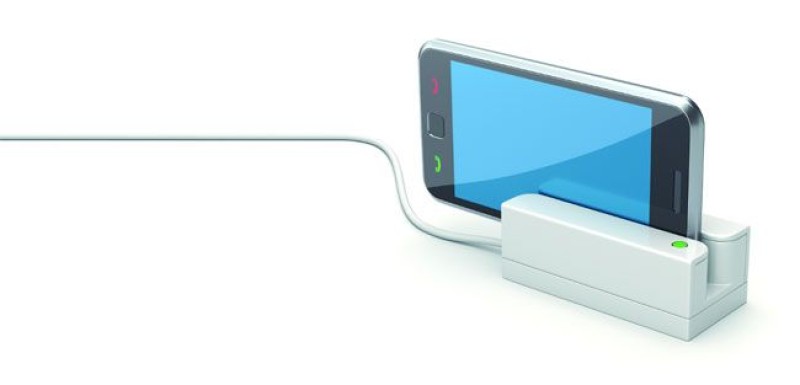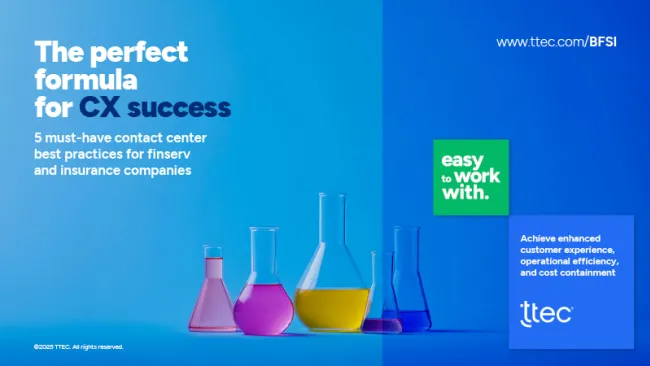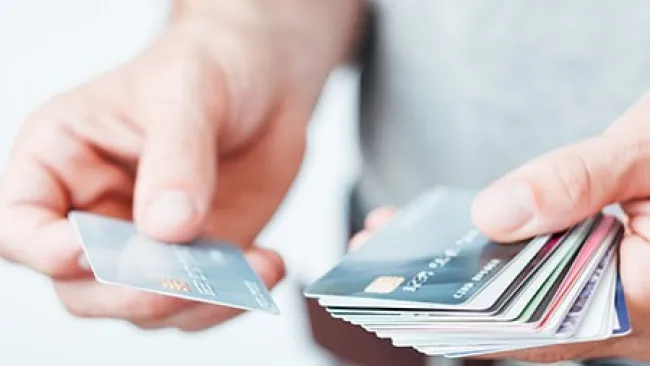Mobile payments—the ability to complete a transaction on a smartphone—is ushering in a new era of transactions that is disrupting the traditional payment landscape. MasterCard is diving into the mobile payment space and exploring ways to serve an increasingly mobile-first customer base. U.S. consumers have adopted smartphones at a rapid rate, growing from 19 percent in 2009 to 66 percent in 2014, according to Forrester Research. The firm also predicts that U.S. mobile payments will grow from $52 billion in 2014 to $142 billion by 2019.
The shift to mobile payments represents the biggest opportunity for businesses to better serve consumers since credit cards emerged decades ago, says Karen Pascoe, senior vice president and group head of user experience design and implementation for MasterCard’s emerging payments group.
“Plastic [credit cards] removed a lot of pain points,” Pascoe says. “You didn’t have to worry about carrying cash every time you wanted to buy something and the shift to digital payments is making things even simpler.”
When it comes to mobile payments, “consumers want convenience and control,” Pascoe says. “We see ourselves as a tech company and our perspective is that eventually every digital device will be tied to commerce somehow. And with that people want options for shopping and making payments at their convenience, which we’re working on through our partnerships and offerings.”
While mobile payment services have existed for several years, Apple Pay has given the area new momentum. With its emphasis on simplicity and security, Apple Pay is gaining traction among merchants and consumers. Along with Visa and American Express, MasterCard was one of Apple Pay’s launch partners when Apple rolled out its mobile payment service in October.
In March, Apple announced that approximately 700,000 U.S. stores accept Apple Pay. Still, this is a small fraction of the total 3.8 million retail stores in the U.S., according to the National Retail Federation.
MasterCard CEO Ajay Banga acknowledged Apple Pay’s success but described efforts to improve mobile payments as a “slow burn” during the company’s Q4 earnings call in January. “You saw Apple Pay talk about their mobile payment growth, and at the end of the day, yes, they’ve done a great job and it’s excited the market, but it’s still a very small percentage of what the total number of transactions are,” Banga said.
It is also unclear to what degree brands will be able to engage customers by leveraging purchase information and other customer data from mobile payment systems. Apple executives have said that Apple Pay is not collecting users’ transactional data however, it appears retailers and other businesses are attempting to keep as much of their customers’ information to themselves as possible.
For its part, MasterCard is investing in other mobile payment technologies besides Apple Pay, including its own digital wallet service, MasterPass. MasterPass allows users to store credit card information and loyalty memberships for making online purchases. MasterPass’ technology also powers mobile apps such as “Qkr with MasterPass.”
The app allows diners to place orders from their phone and pay their bill from their seat without waiting for a server. MasterCard launched the app with U.K. restaurant chain Wagamama in March and a month later, Streetbird Rotisserie in New York also began using it. Notably, while MasterPass or Qkr may not be a direct competitor to Apple Pay, people who download Qkr are interacting with a MasterCard application, creating a MasterPass account, and processing their payments through MasterCard in a virtual environment.
“We tend to see a lot of mobile payment growth in everyday spend categories like quick service restaurants, groceries, and convenience stores,” Pascoe says.
She demurres from sharing the app’s ROI results, but notes that Qkr is an “example of how businesses can take friction out of the payment experience and give consumers more control over their experience.” As for user information, “everything that we’re doing from a payments perspective includes protecting the PII [personally identifiable information] of consumers,” she says.
Data security, Pascoe continues, remains a significant concern in digital transactions. “Payments are easy to process—the identity questions are the tough part,” she says. Apple Pay uses several security measures to verify and protect a user’s identity including a Touch ID fingerprint sensor, encrypting payment data, and using a temporary token or numeric code to process the payment at the store and avoid exposing the actual credit card number.
However, nothing is completely secure. Hackers were reportedly able to make purchases through Apple Pay by exploiting banks that had weak verification procedures. When a credit card number is added to Apple Pay, Apple asks the issuing bank to verify the account numbers. The verification requirements vary, however, and fraudsters can exploit those with weaker processes. The Wall Street Journal reported that several banks have since taken steps to tighten their verification procedures in light of these fraudulent practices. At MasterCard, the company is in the process of adding a tokenization feature to MasterPass for added security.
Even with potential security issues, companies like MasterCard are banking on the notion that the promise of mobile and digital transctions is worth the risk in the long run.

















